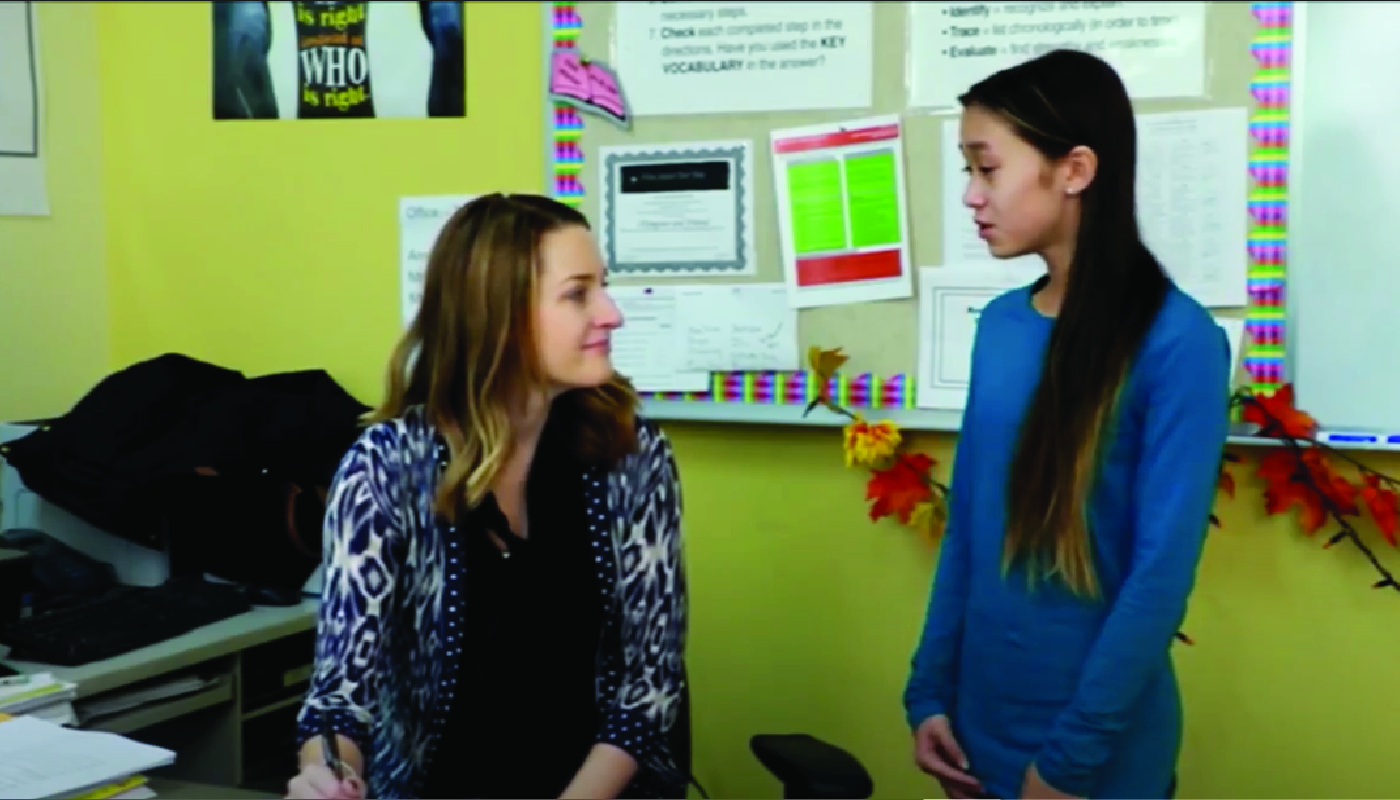
Introduction
Students in Special Education often face unique challenges in managing their emotions and navigating social situations. It is crucial for educators to equip these students with tools that can help them cope with difficult emotions and foster positive social interactions. One such skill is learning to ask for a break when feeling overwhelmed or stressed. This blog post will discuss the importance of teaching students to recognize their emotions and request a break, as well as provide a no-prep activity, discussion questions, and related skills.
No-Prep Activity: “Feelings Check-In”
This activity requires no preparation or materials from the educator and will help students practice recognizing their emotions and asking for a break when needed. Here’s how it works:
- At various points throughout the day, have students check in with themselves and assess their emotions. They can do this silently or by sharing with a partner.
- If a student feels overwhelmed, stressed, or frustrated, encourage them to take a deep breath and calmly ask for a break.
- Allow the student to engage in a calming activity, such as getting a drink of water, going for a short walk, or resting for a few minutes.
- After the break, have the student rejoin the class and continue with the lesson.
Discussion Questions
- Why is it important to recognize our emotions and ask for a break when needed?
- What are some signs that you might need a break?
- How can taking a break help you stay calm and focused in the classroom?
- What are some other strategies you can use to manage your emotions in the classroom?
- How can asking for a break help improve your relationships with your classmates and teachers?
Related Skills
Teaching students to ask for a break is just one aspect of social-emotional learning. Other relevant skills that can help students in Special Education navigate social situations and manage their emotions include:
- Deep breathing exercises and mindfulness techniques
- Active listening and communication skills
- Identifying and expressing emotions appropriately
- Problem-solving and conflict resolution strategies
- Building empathy and understanding the emotions of others
Next Steps
Teaching students to recognize their emotions and ask for a break is an essential skill for fostering a positive and supportive classroom environment. To explore more resources and activities that can help students in Special Education build their social-emotional skills, sign up for free sample materials at Everyday Speech. With a variety of engaging and easy-to-use resources, Everyday Speech can help educators empower their students and set them up for success both in and out of the classroom.

